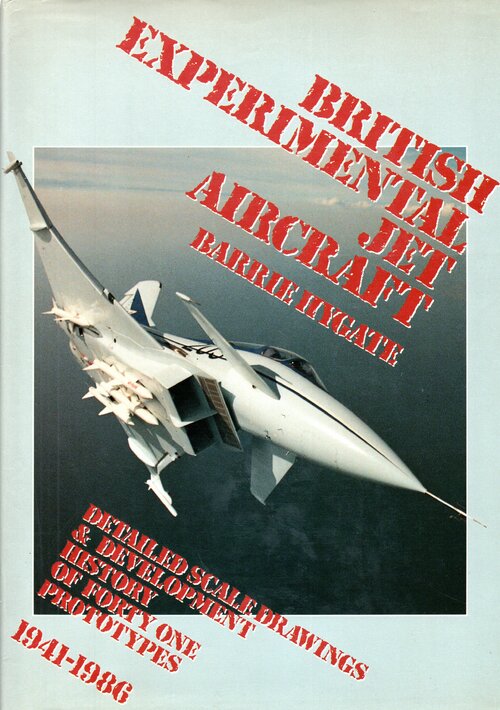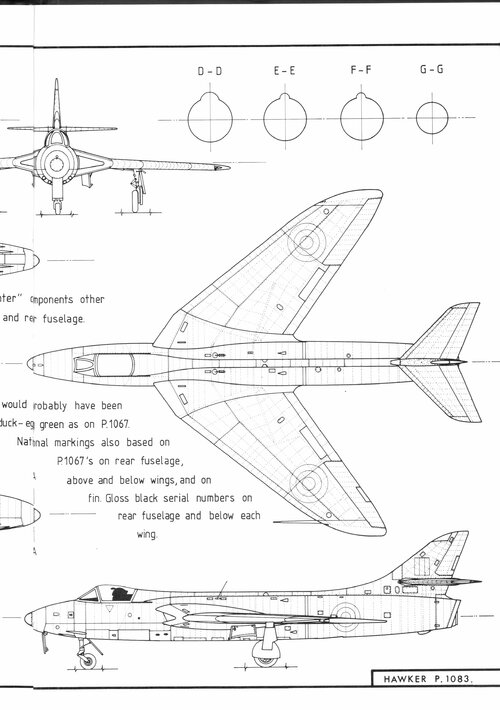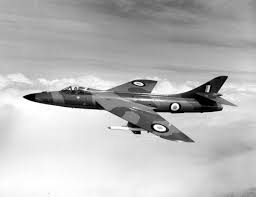Rule of cool
ACCESS: Top Secret
- Joined
- 16 January 2024
- Messages
- 1,087
- Reaction score
- 1,350
IIUC the P1083 was a Hunter with a thinner 50 degrees swept wing and an afterburner, giving it mach 1.1 performance like the Super Mystere. When it was almost ready to fly in early 1953 the RAF decided it wanted it to have a radar and AAMs, these proved to be too hard to incorporate and the type was cancelled in mid 53. Some of the mods were used on the Hunter F6.
What if the RAF decided to buy the P1083 in its early 53 spec as a gun armed, transonic day fighter? Maybe instead of the ~360 Hunter F6s.
The thing that springs to my mind is it will give the RAF a few more years to go Mach 2, rather than making the jump from subsonic in one go by 1960.
What if the RAF decided to buy the P1083 in its early 53 spec as a gun armed, transonic day fighter? Maybe instead of the ~360 Hunter F6s.
The thing that springs to my mind is it will give the RAF a few more years to go Mach 2, rather than making the jump from subsonic in one go by 1960.
Last edited by a moderator:





